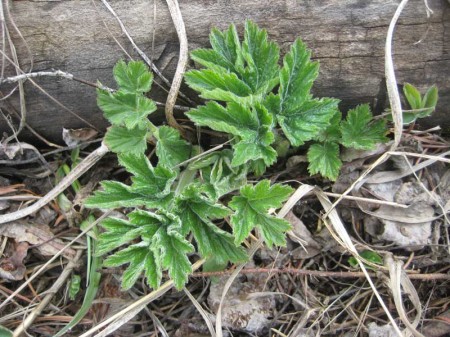
It’s been funny weather up here in the high country lately. Where we live at 10,000 feet, it has been snowing fat, clumpy, wet flakes for days. Then yesterday, late morning, I headed to Frisco through pouring rain to survey some trails.
At my first stop, it was snowing and blowing and cold, so I donned my coat and hat before poking around. There were big snow patches across the trail and not too much in the way of edible spring growth. But then at the second and third stops—both uphill hikes through trees—it was warm enough that I had to shed both, and the sun peeked out, sending rays of dappled light to illuminate the freshly sprinkled plants.
I found spring—and the best diversity of edible, wild, high country plants to survey—at Meadow Creek Trail #33 in Frisco. It’s a decently strenuous uphill hike that takes you through an aspen grove to Lilly Pad Lake. I almost skipped it, not relishing the idea of hiking up, up, up, but then made a last minute decision to stop anyway. I was happily surprised to find so many of my wild edible friends had sprouted—some “wild” in the sense of native plants that belong to the forest, and others introduced species gone wild but growing in such a healthy state that they looked good enough to eat.
Incidentally, I didn’t eat or collect any plants. If I had it would have been just a handful anyway, for personal use, in accordance with the National Forest’s Incidental Use Policy. Rather I was there to look and listen, to witness firsthand nature’s shedding of her winter cloak. I can eat wild plants another day—when they’re ready and I’m ready too.
It’s mud season in the high country right now, so Meadow Creek Trail, listed as “Medium” traffic usage by the Forest Service, was solitary and quiet, save for one family I encountered on the way down. I only hiked about 45 minutes up the trail.
Below is an annotated picture gallery (click the thumbnails) of plants I saw, some edible and some not. If you’re local or planning a visit and reading this I figure you might enjoy a hike up that trail yourself, to look at plants.
Updated 2.21.21
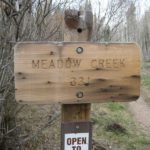
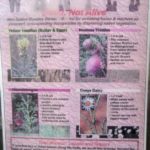
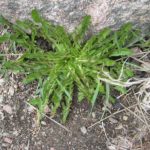
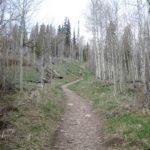
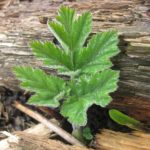
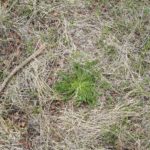
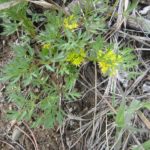
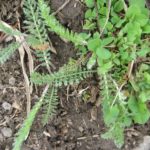
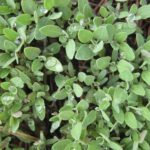
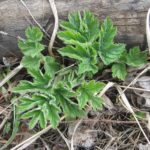
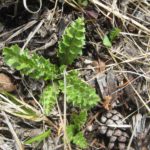
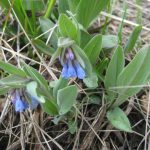
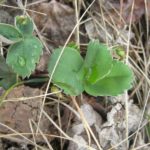
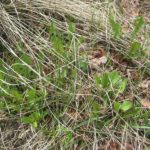
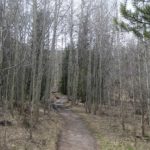
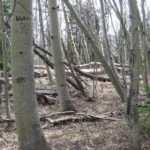
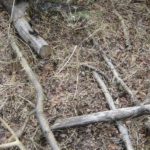
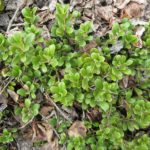
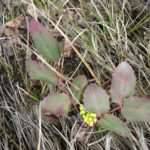
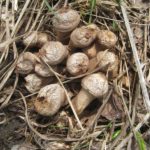
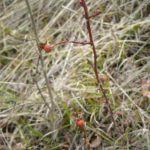
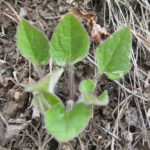
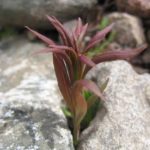
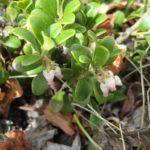
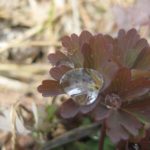
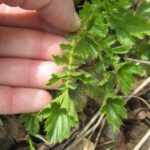
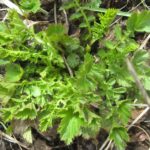
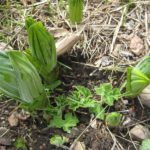

I loved your slideshow! I’ve been one of the quiet followers for a couple years now, and I think your awesome pics and recipes are so inspiring to a foraging newbie like me 🙂
Really enjoyed the picture gallery! I’m learning heaps from your blog, thank you 🙂
I think the pictures are fantastic, and very helpful. I’m so glad the green has started. Seeing some of those plants reminds me that I’m craving some of the ones that grow in the mountains and not down low.
Yep, love the pictures! Super helpful – I have a hard time learning plant IDs from book illustrations, plus most aren’t tailored to the Rocky Mountain region. This is perfect. I never knew what kinnikinnick looked like before!
Thanks so much for the nice comments.
LOVE the photos! It was nice to click through each one, without getting distracted by other photos and words… Wouldn’t mind seeing more posts like this! 😉 Going to try to make it to your June 8th hike!
The plant you are wanting to learn (#2) is a Geum